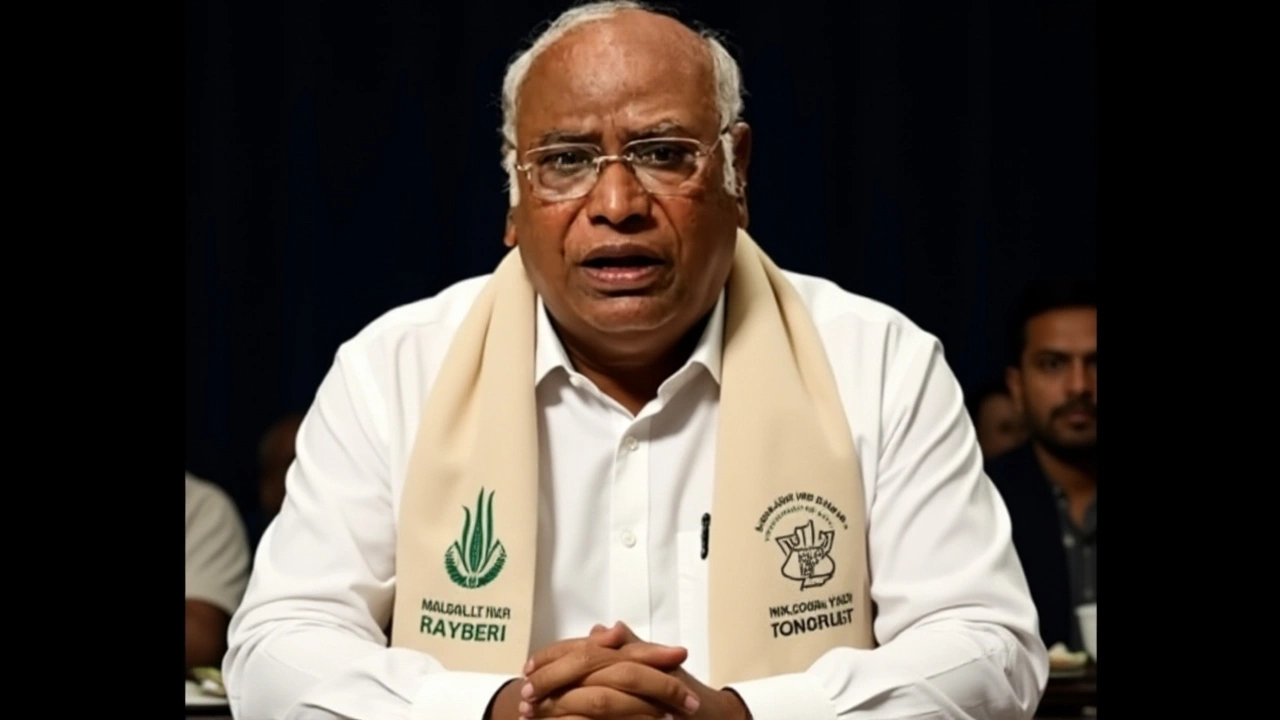Pacemaker: Understanding the Life‑Saving Heart Device
When talking about a pacemaker, a tiny, battery‑powered implant that sends electrical signals to keep the heart beating at a steady pace. Also known as cardiac pacemaker, it steps in when the natural rhythm falters, ensuring blood keeps flowing throughout the body.
One of the main reasons a arrhythmia, an irregular heartbeat that can be too fast, too slow, or erratic occurs is a problem with the heart’s electrical pathways. Cardiology, the medical specialty focused on heart health specialists diagnose these conditions using ECGs, Holter monitors, and sometimes cardiac imaging. When the diagnosis points to a pacing need, the pacemaker becomes the go‑to solution, correcting the rhythm and reducing symptoms like dizziness or fatigue.
Key concepts you should know
Beyond the basic pacemaker, another device often enters the conversation: the implantable cardioverter defibrillator (ICD), a unit that not only paces the heart but can deliver a shock to stop life‑threatening fast rhythms. While a pacemaker focuses on regularizing slow beats, an ICD steps in for dangerous rapid beats, adding an extra layer of protection. Both devices share core components—leads, a pulse generator, and programming software—but they serve distinct therapeutic goals within heart health, the overall condition of cardiovascular function.
The implantation process itself is minimally invasive. A small incision under the collarbone allows a physician to thread the leads into a vein, guiding them to the heart chambers. After the leads are secured, the pulse generator is tucked into a sub‑cutaneous pocket. Modern pacemakers are MRI‑compatible and can be interrogated remotely, meaning doctors can check battery status and pacing data via a bedside transmitter. This remote monitoring reduces clinic visits and lets patients focus on daily life rather than endless appointments.
Living with a pacemaker also means embracing a few lifestyle tweaks. Strong magnetic fields, like those from heavy machinery or certain headphones, can temporarily disrupt the device, so awareness is key. Most patients can return to regular exercise, but they should get clearance from their cardiologist, especially for high‑intensity sports. Nutrition, stress management, and regular follow‑ups keep the device functioning optimally and help prevent complications such as lead dislodgement or infection.
Our tag collection brings together a mix of topics that often intersect with heart health decisions. You’ll find posts on managing finances after a medical procedure, using digital tools for health tracking, and even stories about overcoming anxiety during recovery. Whether you’re curious about budgeting for implant costs, exploring tech blogs that review remote‑monitoring apps, or learning how mindset shifts can boost post‑surgery confidence, the articles below cover a broad range of practical insights.
Ready to dive deeper? Below you’ll discover curated posts that walk you through the technical side of pacemakers, share patient experiences, and offer tips on navigating the financial and emotional aspects of life with a cardiac device. Each piece adds a new layer to the picture, helping you feel informed and empowered for the journey ahead.
Mallikarjun Kharge hospitalized in Bangalore, pacemaker surgery
- Arvind Beauchamp
- on Oct 4 2025
- 0 Comments
